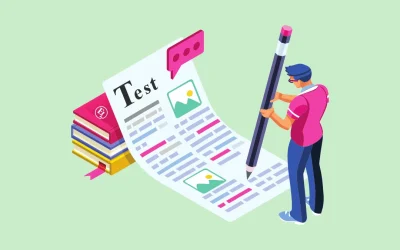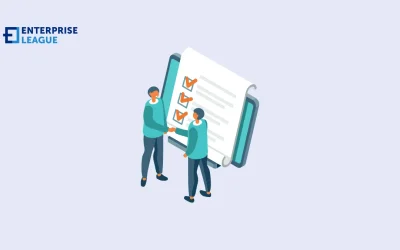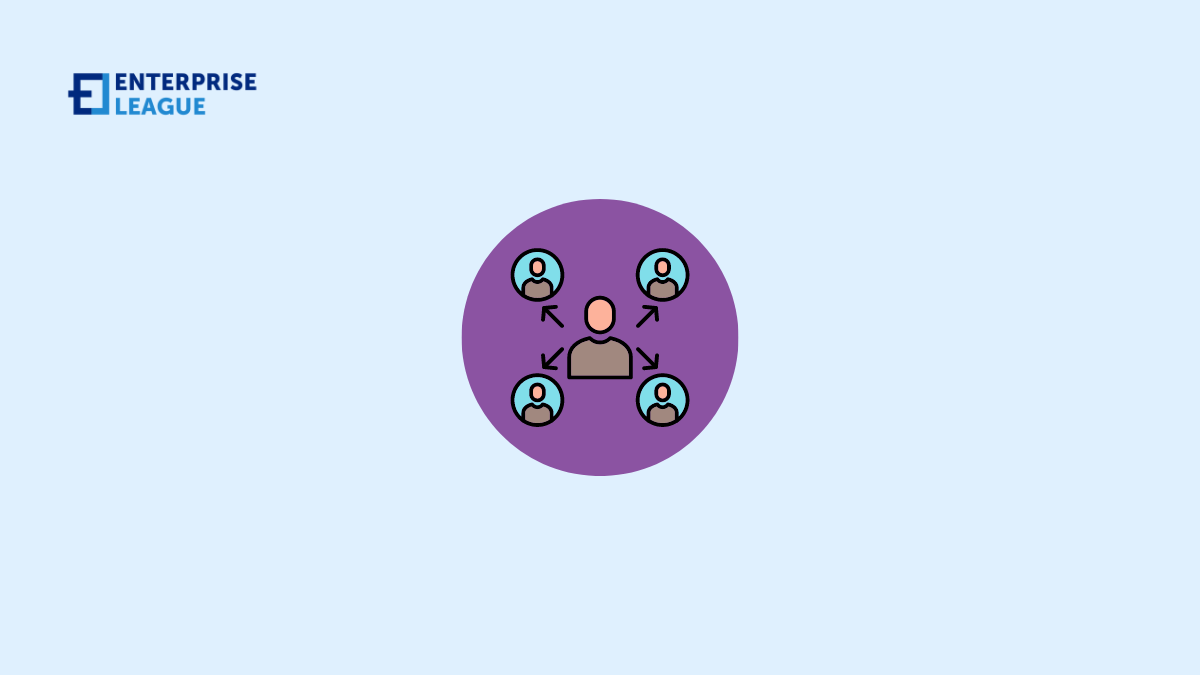Starting a business is exciting. Your mind will be brimming with ideas and feelings of eagerness to get started. Knowing where to start might not seem important, but it can save you a lot of money in the long term, and be pivotal to your brand’s success.
We learned the hard way, having launched Xite just after we left university, we’ve rebranded about three times and made mistakes along the way. The good news is that all our hard work has paid off and we have a growing customer base of fans who genuinely love the product.
So here is what we wish we knew before we started out, and would have helped us to reach where we are now, a lot quicker.
Treat your brand like it’s a human
It should have its own personality, goals, name, values, voice, opinions and its own network of friends, and even a few enemies (competitors). Crafting this step first will uniform all of your communications to your audience. It will ultimately mean you retain a highly engaged audience as a result.
Any brand with a loyal following, and good engagement has spent time on this.
At XITE Energy, our values are around fun, excitement, motivation and health. This is something we amplify across our communications channels, social media, and is echoed by every member of our team. The less ‘business sounding’, but more human your brand is, the more engaging you are.
It really helps to bring your brand alive and makes you authentic. People interact with brands because they mirror similar values to their own and embody personalities that they like. If your goals are to get lots of followers, likes and comments on your social media, this is how to do it.
Plan first
It seems obvious, but you wouldn’t believe how often this gets skipped. Planning will save you time, allow you to be more strategic with your marketing, and essentially get you the best ROI.
A good place to start is planning your annual marketing calendar divided up by quarters (Q1, Q2, Q3, Q4), and tying this in with sales promotions, key dates in your MACRO environment, and when you intend to launch new products.
This means, ahead of time, you know what resources you need to plan for, how to tease the best social campaigns. Having this down visually means you can plan your budgets, and yearly spend wisely, and sharing this with the whole team means your internal comms will be a force to be reckoned with.
Change is inevitable
The important element to consider here is being aware of which changes you can control, and those you cannot.
Changes you can control are your monthly spend, your team recruits, or anything to do with your planning and decision making.
As for changes you can’t control… I think Covid-19 has done a pretty good job of showing the world what that means.
Being aware of these changes with a PESTLE analysis versus internal forces you can control, will mean you are prepared to be reactive to serious changes in the external environment. You might not be able to control them, but you can be well equipped with a contingency plan and mitigate any worst-case scenarios.
Focus on performance
There are a lot of exciting, big ideas that you may be keen to spend money on. In the beginning, your outgoings will be more than your incoming. So it’s time to manage your own expectations that you probably won’t be making any money anytime soon.
What you can do, is focus on conversions. Plan and do everything with your end-goal in mind, the sale. Base your marketing strategy on performance marketing tactics, for example, SEM and SEO with a measurable goal of driving traffic to your optimised website. Do your due diligence on researching those.
Network and contacts are your currency
As the old saying goes – “it’s not what you know, it’s who you know”. You might already be privileged to have grown up with a network of great contacts through family or friends. However, for most of us, it’s a case of on-going networking, building a base of strategic contacts – LinkedIn and Enterprise League are huge tools for this. A good network can mean you get in front of the right audiences, and the best part is that it’s free.
(Cliché incoming) Don’t run before you can walk
Again, this sounds obvious, but many have learned this the hard way. By going after too much too soon, you can run out of money, and end up bankrupt before you’ve even made it through your first year as a business owner. It’s the harsh truth, but you’re better off planning, testing, and learning what works for you progressively.
Be logical, be systematic
There are logical steps to brand building. That starts with “why”, your USP, brand name, mission statement, core values, target audience, market data, what your goals are, and how you want to be perceived. When this is nailed, this should then inform every. Decision. You. Make.
Know what you’re trying to achieve. Is it reach? Or engagement? In a campaign are you focusing on brand awareness? Or conversions? You can’t focus on both. Needless to say it defeats the object of having a “focus” altogether.
Knowing your objectives will enable you be able to take logical, and systematic steps to get there.
Make trade-offs essential to your decision making
Weigh everything up. Knowing the value of money will be pivotal to your success. Ask yourself questions every day with whether £1k might be best spent up on influencers, or is it best spent on Google ads. Maybe it’s a 60-40% split, or ratio. Work out the estimated ROI before you make your decision.
Even more important, is knowing the financial value of your time. “Time is money” couldn’t be more true, especially when your outgoings are team wages, and your own wages. Am I making the best use of my time driving to drop this delivery to a customer myself? Or is it more time and money efficient to just spend £4.99 on postage? A good way to rationalise this is through basing your time on around £10 an hour – if it costs less than £10 to post it, post it. You could be spending that hour on making a huge deal.
When building your brand, start from the “why”
Simon Sinek says “It’s all too easy to fall into the trap of marketing your products based on the core product, its attributes, its features.” In our case, this was talking about the naturally sourced caffeine from green coffee beans, the active nootropics for cognitive health and function, and the health benefits with our specially selected B vitamins, supported by empirical research we spent months on during our NPD.
Start with your brand purpose and its reason to exist. Simon Sinek calls this the “why”. Maybe yours is to reduce climate change, to disrupt the status quo, to connect people together, or in our case; to motivate people to achieve their ambitions, or “do what Xite’s you”.
It’s also worth having a think about what brand archetype you want to fall under and get your tone of voice nailed early on.
What works for other brands won’t necessarily work for you
By all means, learn from case studies and examples around you. But it’s a rookie error to assume that because a strategy works for another brand, that it will work for you. Don’t try to mirror exactly what another brand does, because it won’t work. Be unique. And if you’re not unique, what value are you bringing with a new business? If you don’t have a USP, you might as well not waste your time and money on asking people to buy into something they’ve seen before a thousand times.
Conclusion
These tips aren’t magic solutions, but they’re proven “tactics” that have helped countless businesses grow from scratch into healthy brands. Remember, every successful company you admire today started somewhere, probably making the same rookie mistakes you might worry about.
More must-read stories from Enterprise League:
- Have a look at the best countries to start a business as a foreigner.
- All the reasons why we should support local businesses and shop local.
- Importance of online privacy laws in the digital era and how they protect us.
- Benefits of owning a business according to business owners.
- Learn how to deal with being proffesionally ghosted like an expert.
Related Articles
Workers’ Compensation Costs for Factory and Warehouse Forklift Accidents
Forklifts play a central role in day-to-day operations across factories and warehouses, but they also create a significant risk of injury. When a forklift overturns, strikes a pedestrian, or drops a load, the financial impact reaches far beyond the immediate medical...
Delayed Construction Injury Reports: Impact on Workers’ Comp
Construction work carries unavoidable risks, which is why workers' compensation exists to protect employees after an injury. But one factor can alter the entire outcome of a claim: delayed reporting. In the construction industry, where injuries often occur in...
Sponsoring Employees for Green Cards: Small Business Considerations
For many small businesses, sponsoring a foreign employee for a green card can be a strategic investment. As industries grow more competitive, retaining skilled workers becomes increasingly important. Green card sponsorship offers long-term stability for both employer...
Workers’ Compensation Costs for Factory and Warehouse Forklift Accidents
Forklifts play a central role in day-to-day operations across factories and warehouses, but they also create a significant risk of injury. When a forklift overturns, strikes a pedestrian, or drops a load, the financial impact reaches far beyond the immediate medical...
Delayed Construction Injury Reports: Impact on Workers’ Comp
Construction work carries unavoidable risks, which is why workers' compensation exists to protect employees after an injury. But one factor can alter the entire outcome of a claim: delayed reporting. In the construction industry, where injuries often occur in...
Related Articles
SEO writing: Five foolproof tips to secure you the first page
When it comes to SEO writing it’s more guessing and less evidence about what works and what doesn’t. Luckily, we know what can really help you reach the first page.
How to onboard a new employee: Tips for quick integration
Your guide to smoother employee onboarding where you will find practical strategies that help new hires feel welcome and become productive team members faster.
6 tips on how to delegate work so it actually gets done
Delegation doesn’t have to be difficult, that’s why we are sharing some proven tips to delegate work effectively and get better results from your team.
SEO writing: Five foolproof tips to secure you the first page
When it comes to SEO writing it’s more guessing and less evidence about what works and what doesn’t. Luckily, we know what can really help you reach the first page.
How to onboard a new employee: Tips for quick integration
Your guide to smoother employee onboarding where you will find practical strategies that help new hires feel welcome and become productive team members faster.









